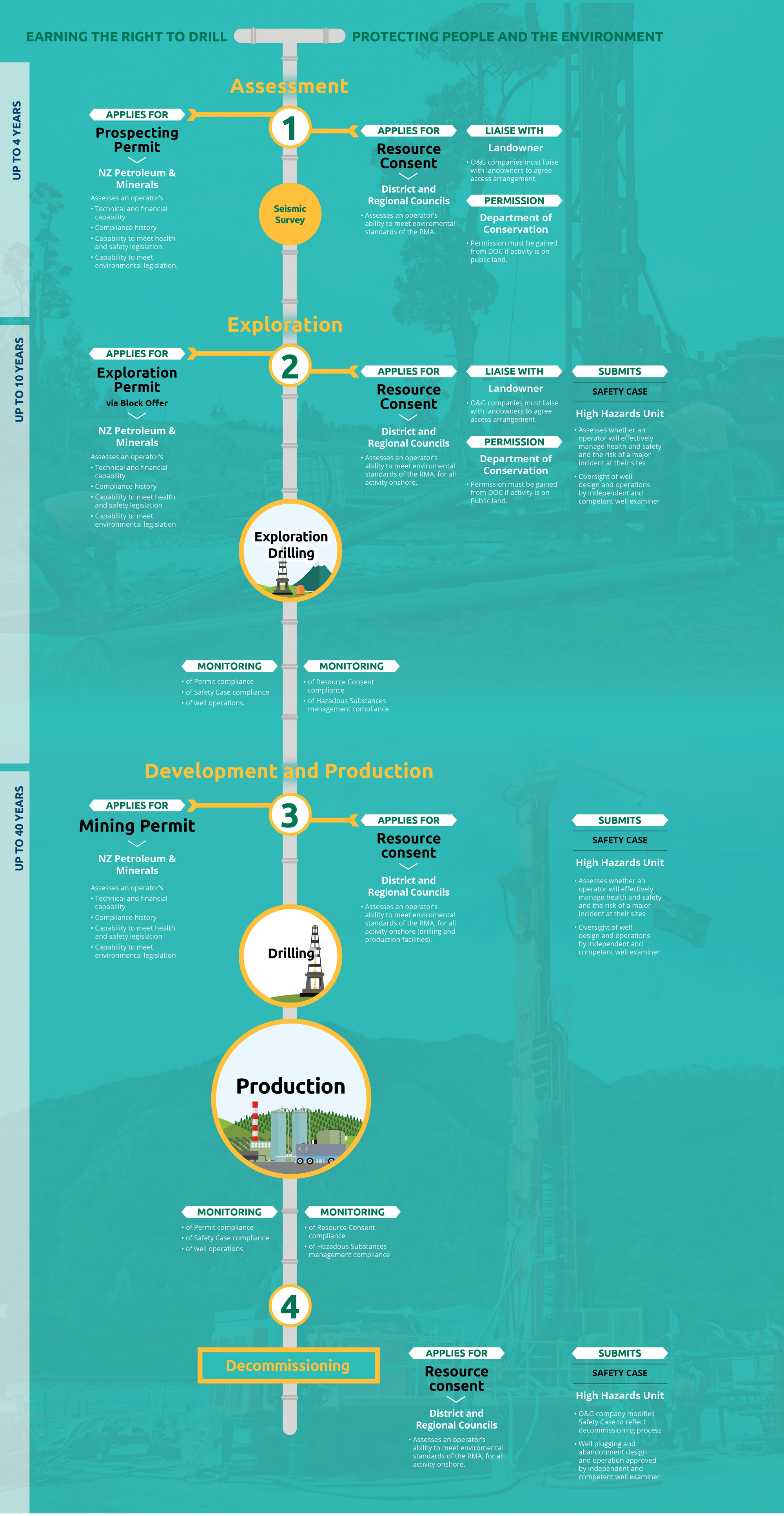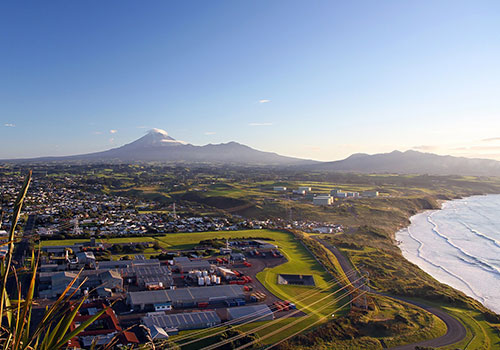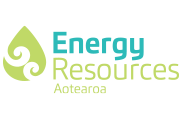Take the legislative journey
Join an oil and gas company as it earns the right to drill for, and produce, oil.
Legislation
1
The following major pieces of legislation define oil and gas activity:
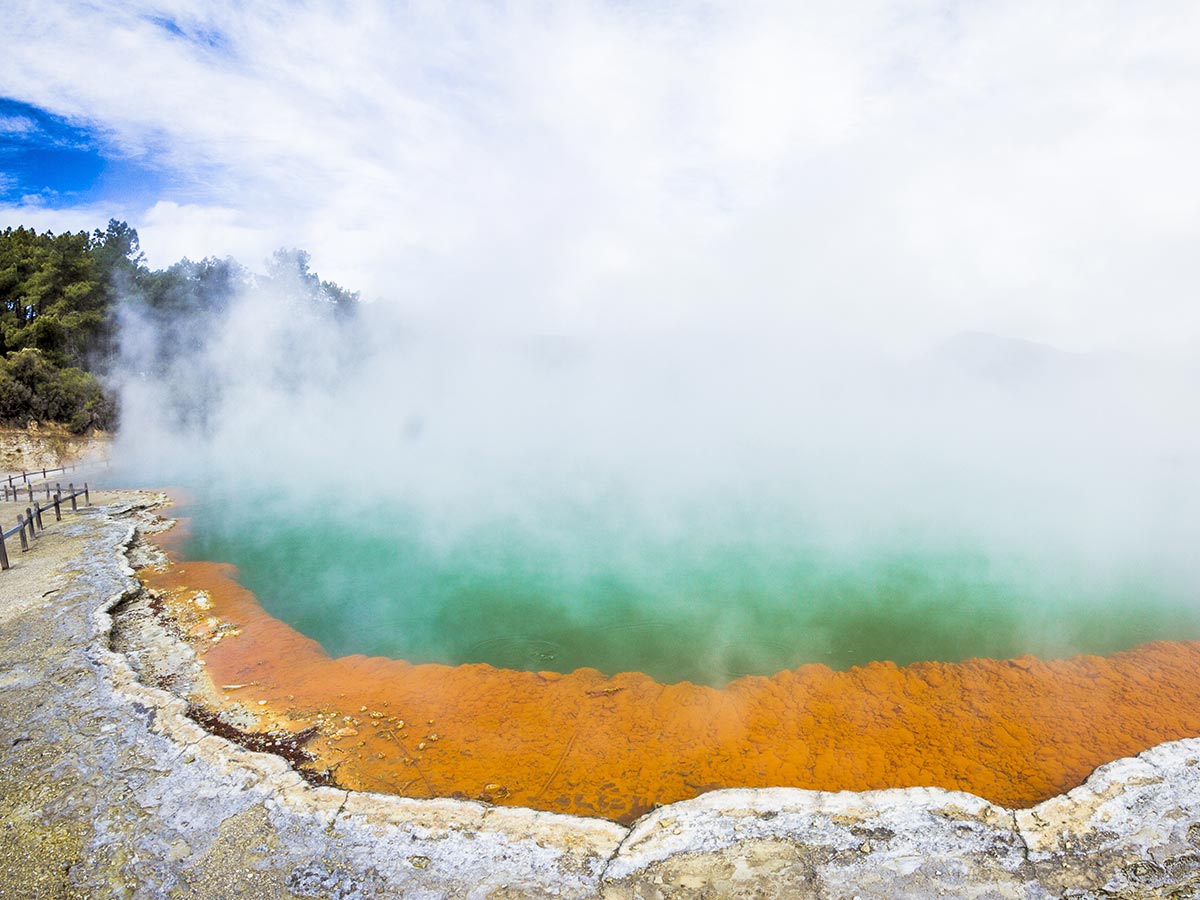
Crown Minerals Act
The Crown Minerals Act and its subordinate minerals programmes and regulations, control the allocation and administration of acreage to explorers and developers of Crown owned minerals, which includes all petroleum.
The Act also regulates aspects of land access for undertaking prospecting, exploration and mining and provides for the collection of royalties on petroleum extracted. It applies across all parts of New Zealand’s jurisdiction, from onshore to the limits of New Zealand's extended continental shelf.

Health and Safety at Work Act 2015 (HSWA)
The overarching legislation covering health and safety in New Zealand is the Health & Safety at Work Act 2015.
This sets out obligations for employers in all industries. For the upstream petroleum sector the general provisions of the Act are supplemented by the Health and Safety in Employment (Petroleum Exploration and Extraction) Regulations 2013 . These regulations are focused on ensuring human safety, but also play a key role in avoiding adverse environmental effects, by controlling well design and integrity, well operations and the safety of drilling rigs and production installations.

Resource Management Act 1991 (RMA).
Environmental consenting for the effects of activities in all sectors, including petroleum, is regulated by the Resource Management Act 1991 (RMA).
The RMA applies to activities onshore and in coastal up to 12 miles from shore (NZ’s territorial sea). Detailed rules are set out in city, district and regional planning documents. Decisions on individual applications are made by regional councils or territorial authorities, or both, except for projects of national significance, which can be referred to a board of inquiry or the Environment Court. The RMA is administered by councils and the Environmental Protection Authority (EPA).
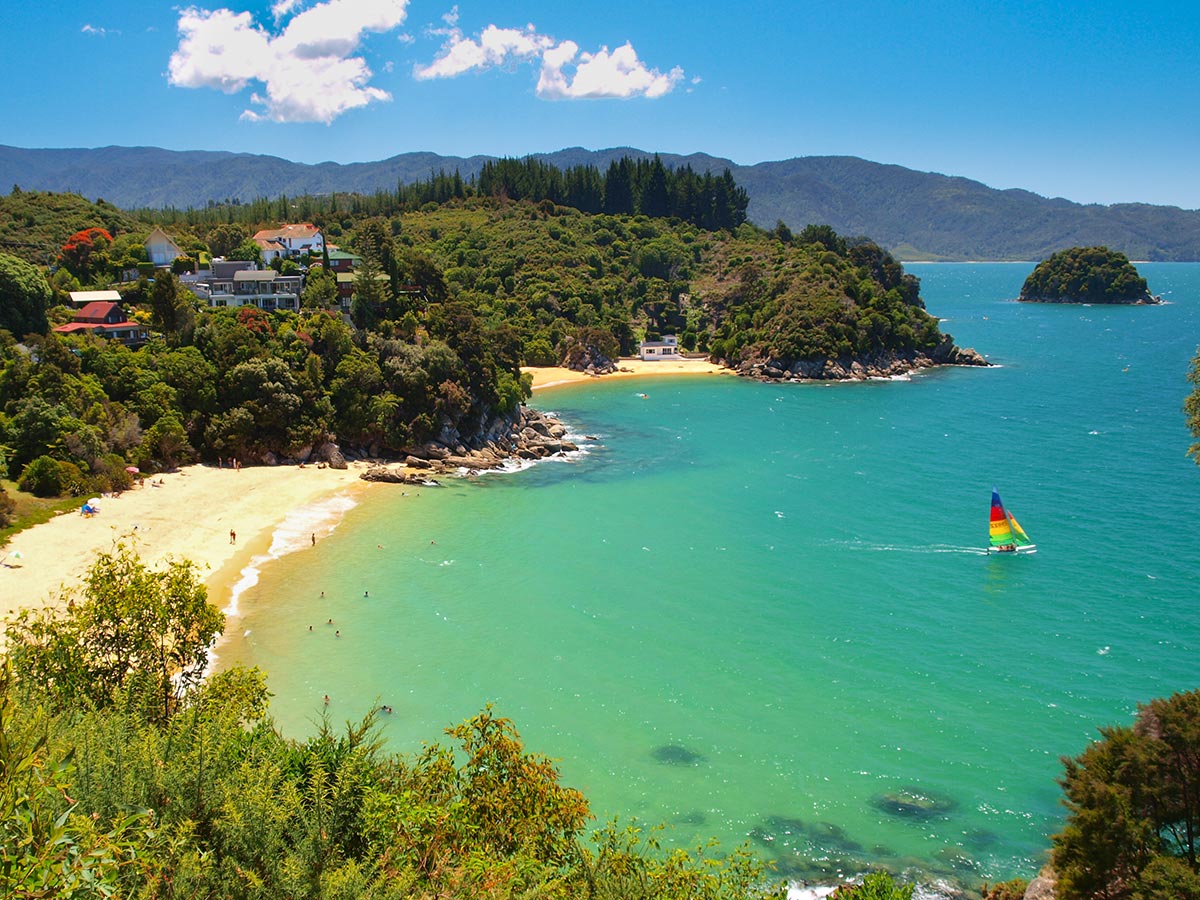
The Marine and Coastal Area (Takutai Moana) Act 2011
The Marine and Coastal Area (Takutai Moana) Act 2011 replaced the Foreshore and Seabed Act 2004.
It allows Maori (whānau, hapū and iwi) to seek recognition and protection of longstanding customary interests in the foreshore and seabed. These could take the form of “protected customary rights” or “customary marine title”. A number of applications have been made since the Act was passed in 2011. No customary marine title areas have yet been established.
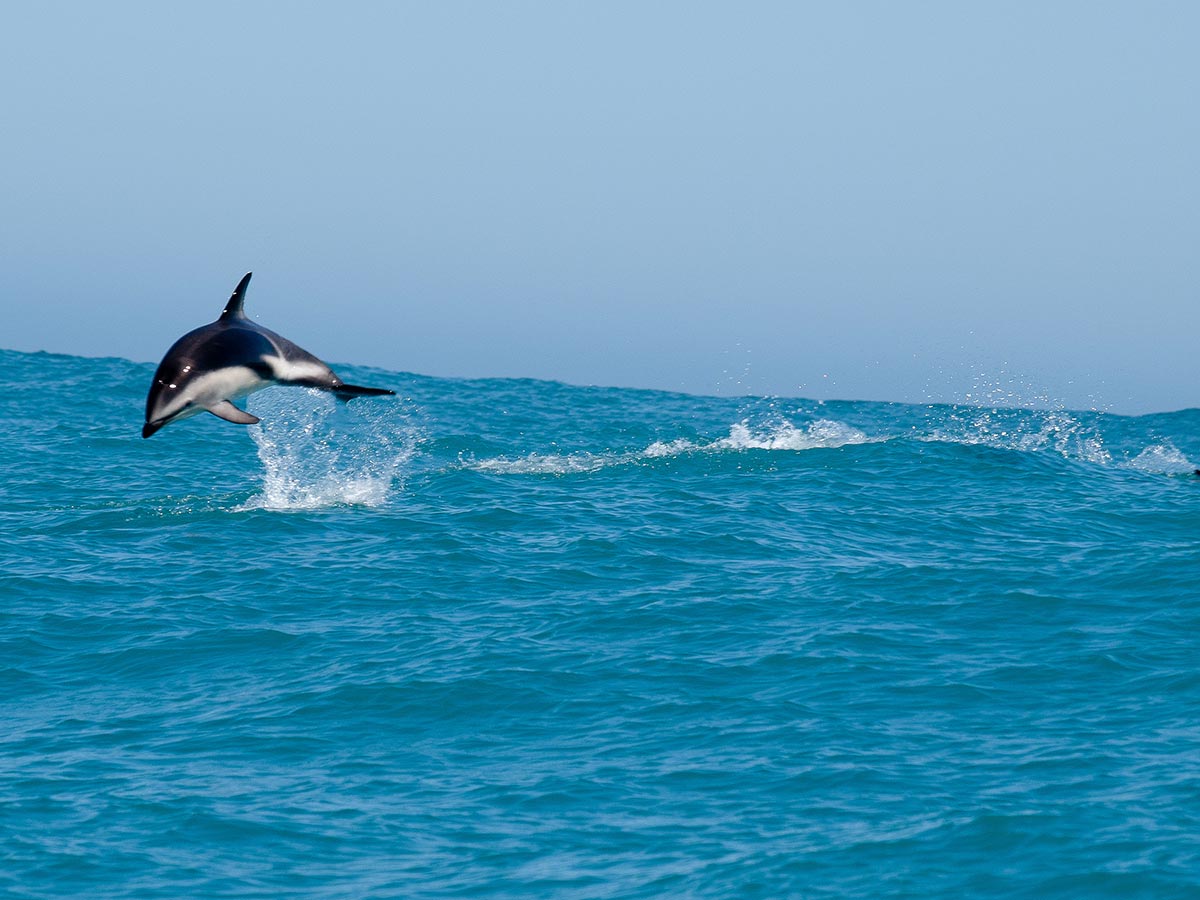
The Exclusive Economic Zone and Continental Shelf (Environmental Effects) Act
The Exclusive Economic Zone and Continental Shelf (Environmental Effects) Act establishes an environmental management regime for New Zealand’s exclusive economic zone (EEZ) and continental shelf.
The regime covers petroleum exploration and development, seabed mining, energy generation, carbon capture and storage, and marine farming. The Act and regulations are administered by the EPA.
The Exclusive Economic Zone and Continental Shelf (Environmental Effects) Act
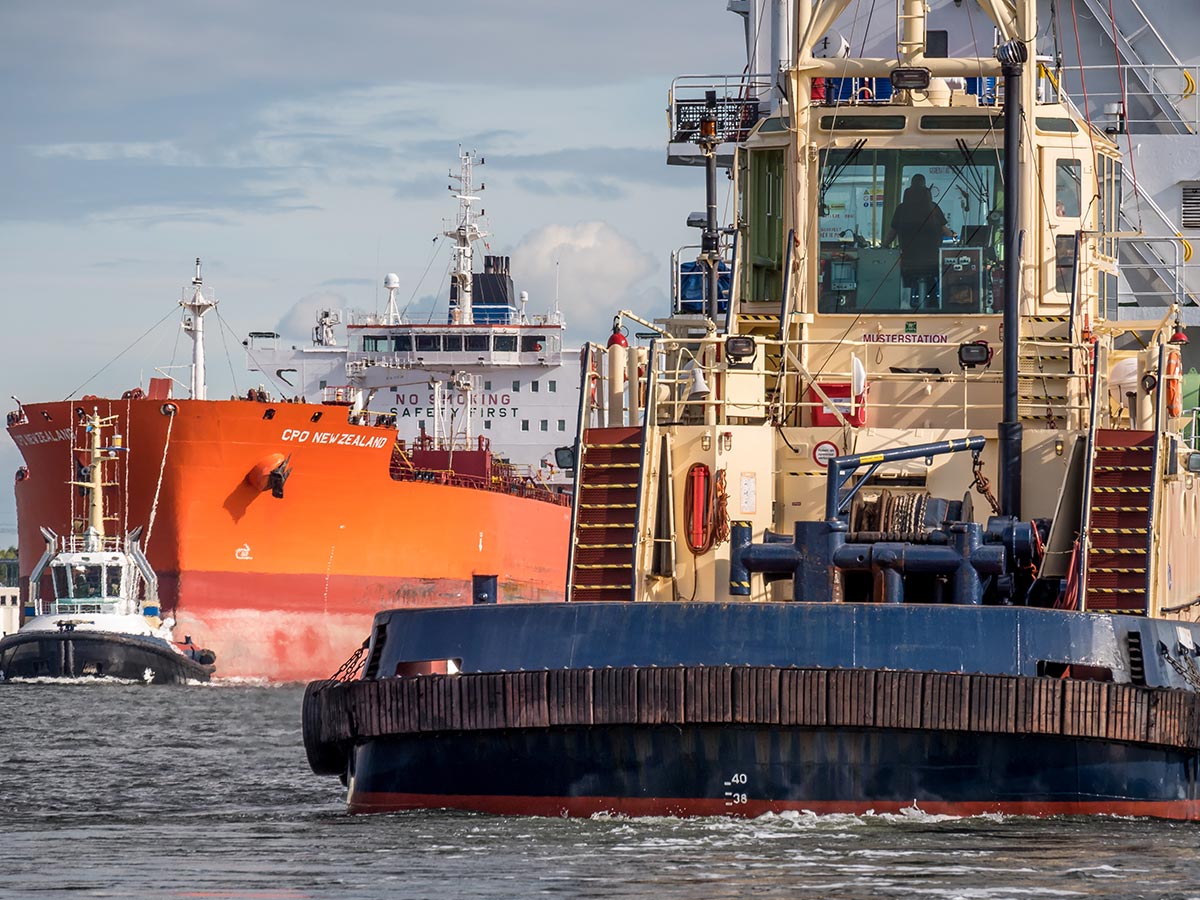
Maritime Transport Act 1994
Maritime Rule Part 200, is made under the Maritime Transport Act 1994, and provides rules for offshore petroleum installations to prevent pollution of the marine environment by substances used, or produced, in offshore exploration and production.
It is administered by Maritime New Zealand. Part 200 requires operators to develop a discharge management plan (a form of environmental management plan), which must be individually approved for all offshore installations. The rule provides different requirements for installations in the coastal territorial sea within 12 nautical miles from shore, which are also subject to the Resource Management (Marine Pollution) Regulations, and for offshore installations, which are not. All petroleum installations within the 12 mile limit or beyond must comply with the marine oil spill contingency plan requirements.
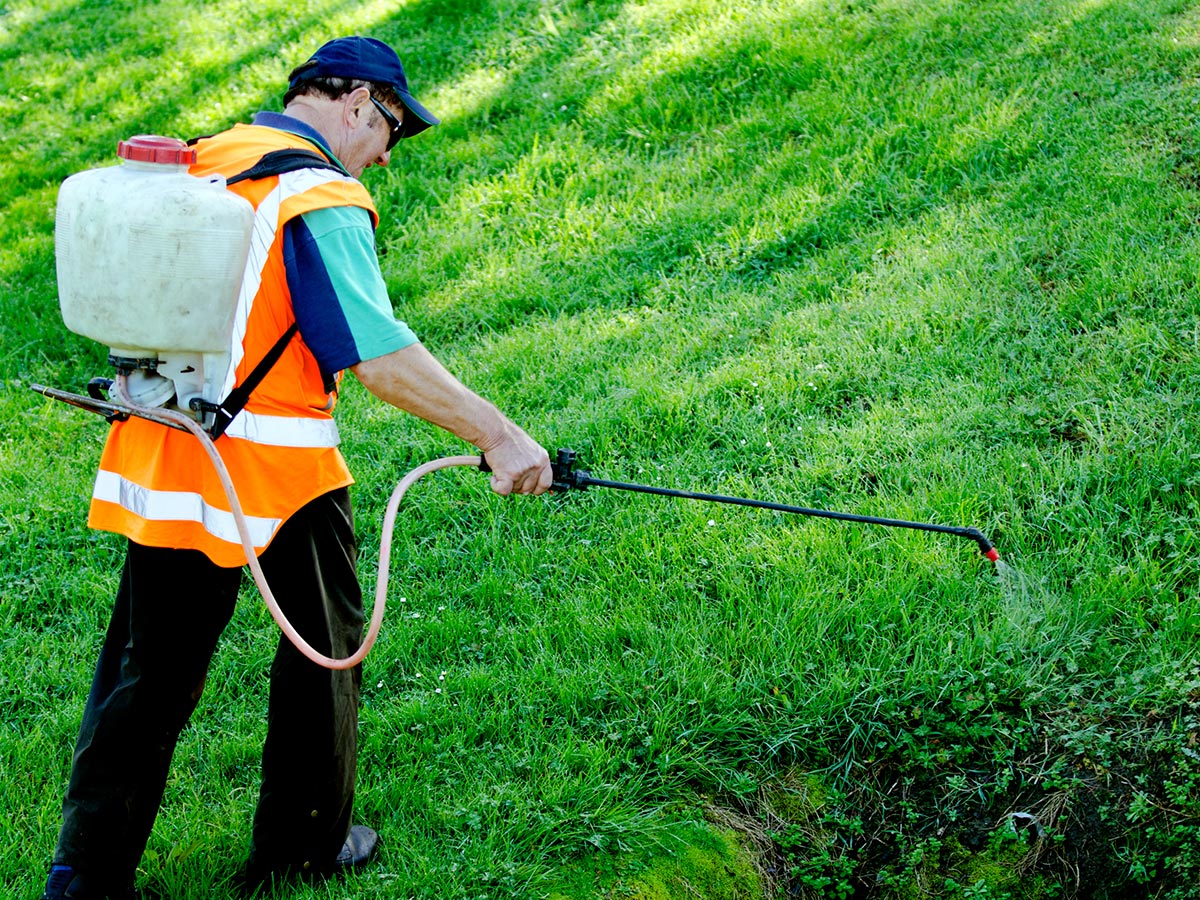
Hazardous Substances and New Organisms Act
If chemicals are being used onsite (for example for hydraulic fracturing operations) they will have been approved for use by the Environmental Protection Authority in accordance with regulations under the Hazardous Substances and New Organisms Act 1996.
The Act requires chemicals being used on industrial sites to have a Material Safety Data Sheet on site for each chemical being used.
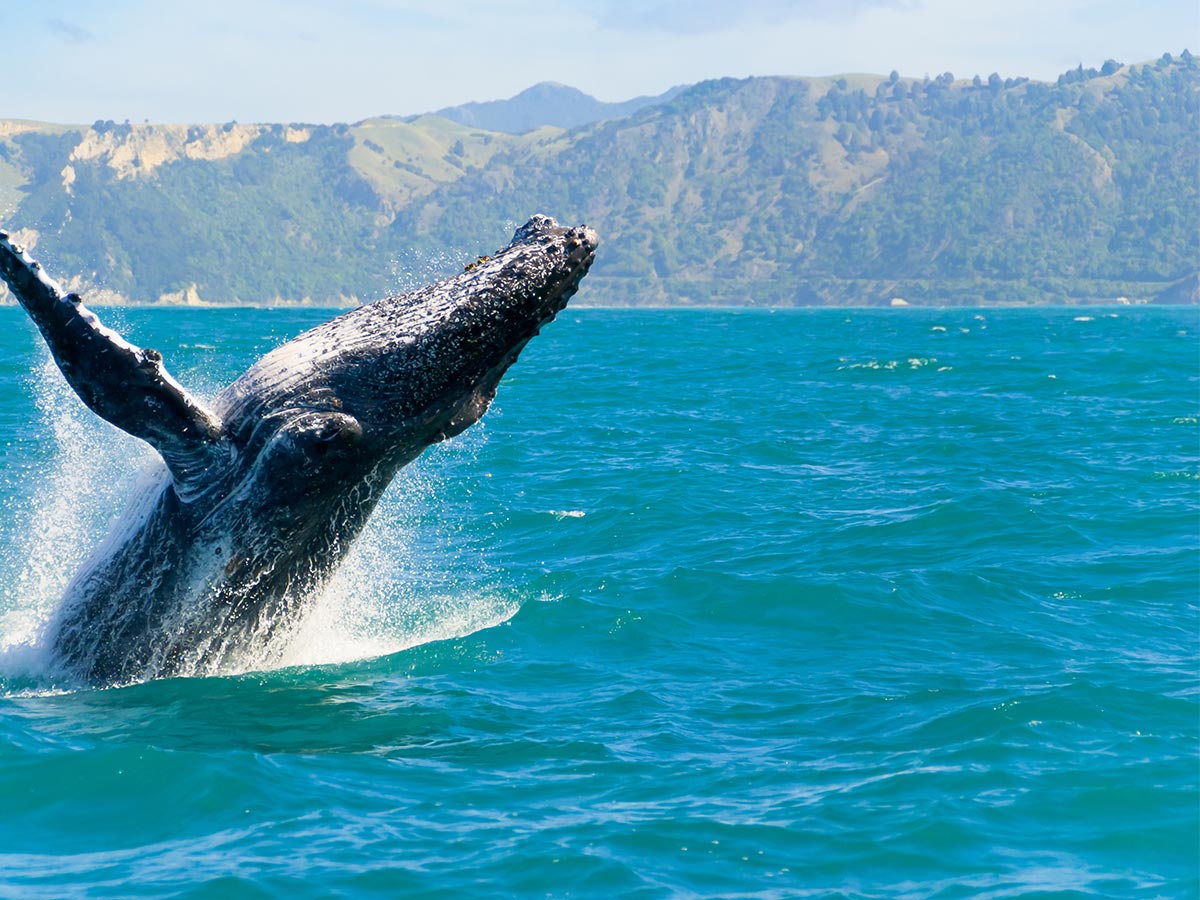
The Code of Conduct for Minimising Acoustic Disturbance to Marine Mammals from Seismic Survey Operations
The Code of Conduct for Minimising Acoustic Disturbance to Marine Mammals from Seismic Survey Operations was issued by the Department of Conservation (DoC) after consultation with a range of stakeholders.
It establishes a regime to manage the potential impacts of seismic surveys and has been endorsed by PEPANZ as representing industry best practice. Adherence with the code is a legal requirement in the EEZ Act. The first code of conduct was issued in 2006. A substantially revised version was published in August 2012 and further minor changes were incorporated in the current 2013 version.
Government bodies
2
Who does what when it comes to monitoring and managing oil and gas activity?
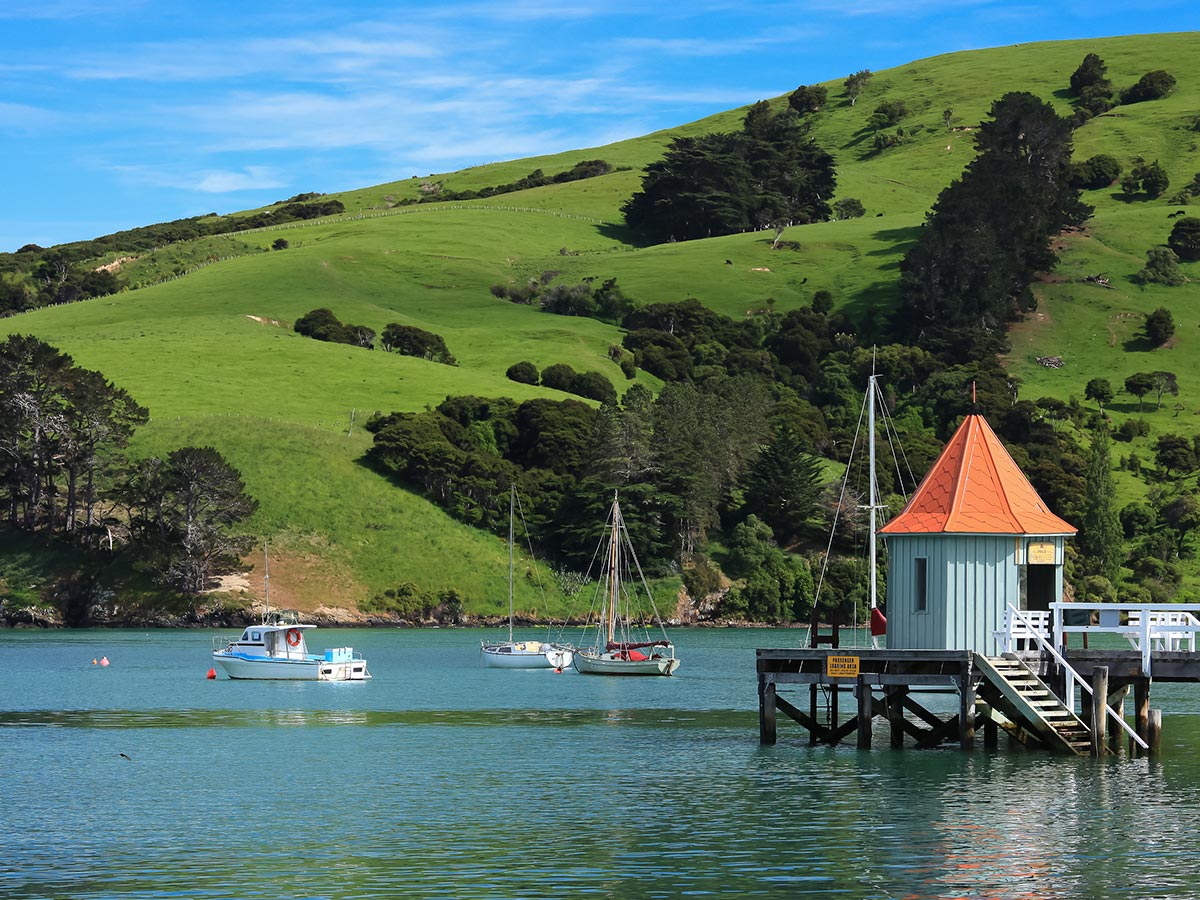
New Zealand Petroleum and Minerals
New Zealand Petroleum & Minerals (NZP&M) manage New Zealand’s government-owned oil, gas, mineral and coal resources (“the Crown Mineral Estate”).
They are a part of the Ministry of Business, Innovation and Employment (MBIE) and they report to the Minister of Energy and Resources.
NZP&M is the body responsible for assessing and approving every prospecting, exploration and mining licence.
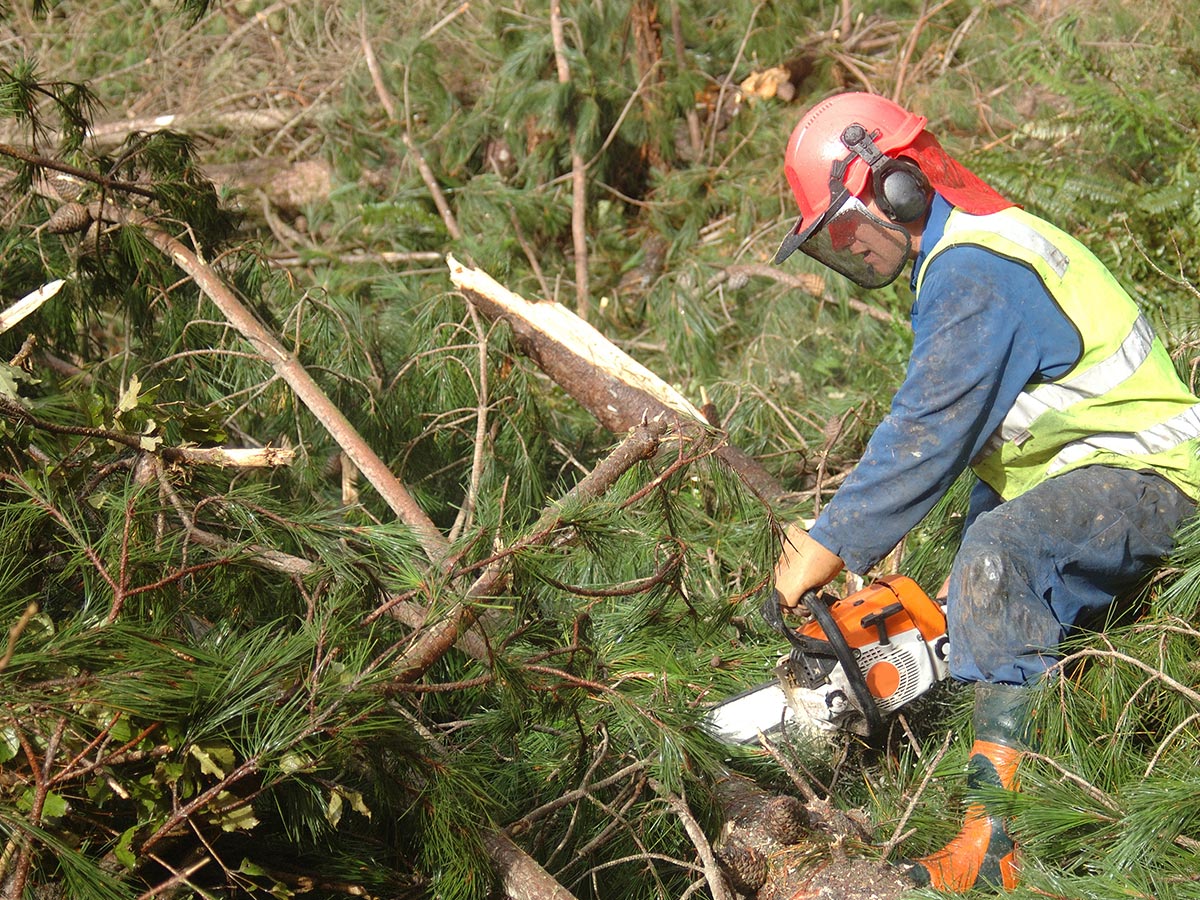
Worksafe
WorkSafe New Zealand (WorkSafe) is the work health and safety regulator.
WorkSafe’s functions include:
- Monitoring and enforcing compliance with work health and safety legislation
- Providing guidance, advice and information on work health and safety
- Fostering a co-operative and consultative relationship between the people who have health and safety duties and the persons to whom they owe those duties and their representatives
- Collecting, analysing and publishing statistics and other information relating to work health and safety
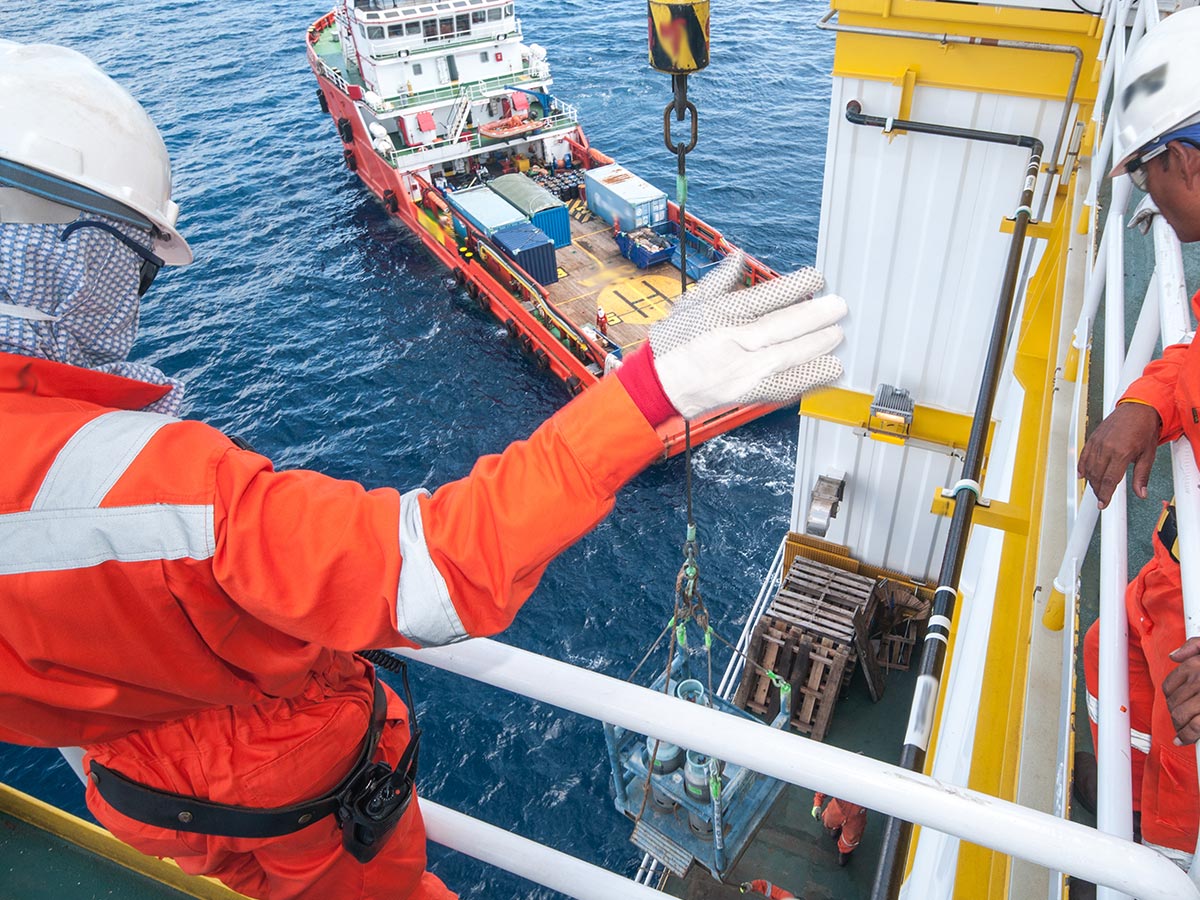
High Hazards Unit (within WorkSafe)
The High Hazards Unit works to ensure high standards of safety in New Zealand’s mining, petroleum and geothermal sectors.
These industries have inherent and significant hazards – even when managed by highly motivated and safety conscious operators. Failure doesn’t happen often, but when it does, its consequences, in human, environmental and economic costs, can be catastrophic.
Their primary role is to enforce health and safety legislation in these three industries. This involves an audit and enforcement role, focussing on the systems behind workplace practices, and taking immediate and decisive action where required.
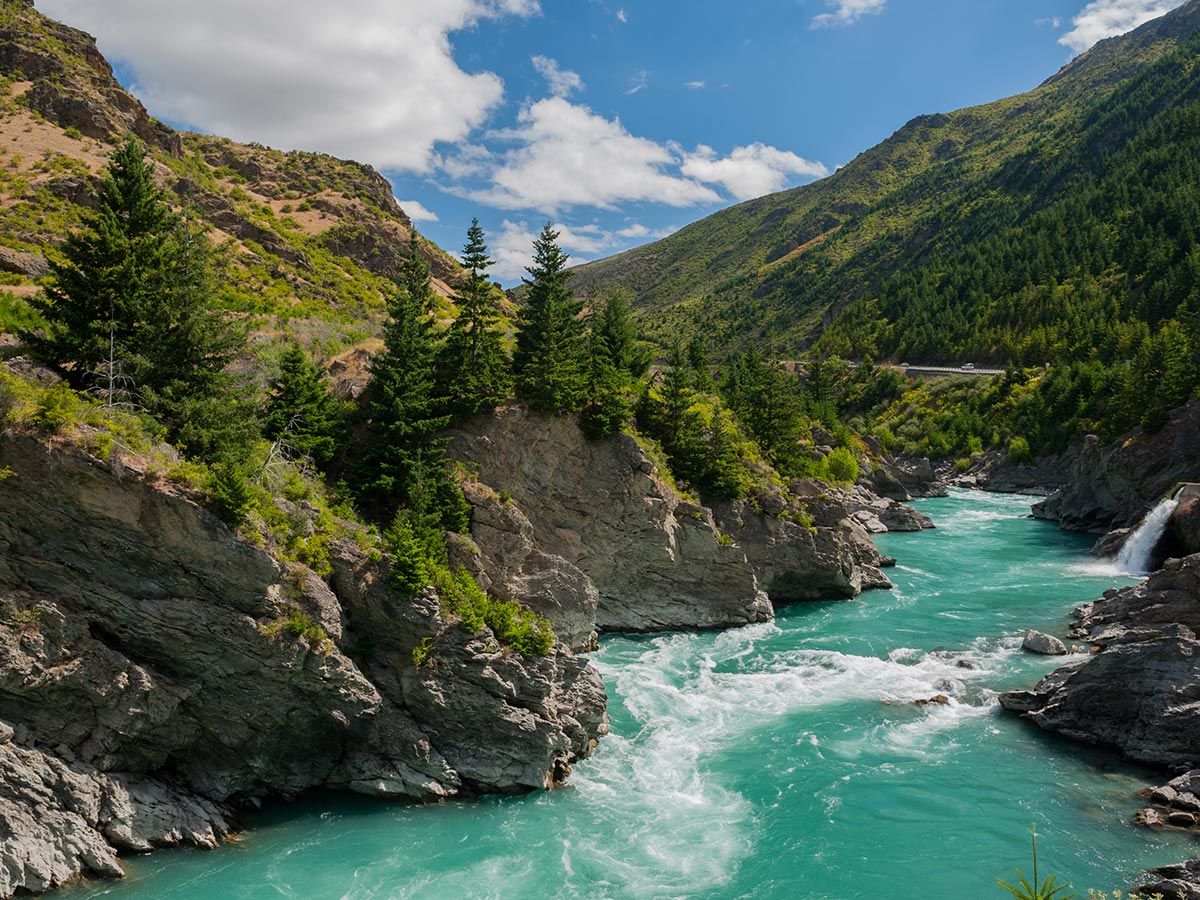
Environmental Protection Agency
The EPA is the government agency responsible for regulatory functions concerning New Zealand's environmental management.
We administer applications for projects of national significance and the Emissions Trading Scheme. We regulate new organisms and hazardous substances, and activities in the Exclusive Economic Zone.
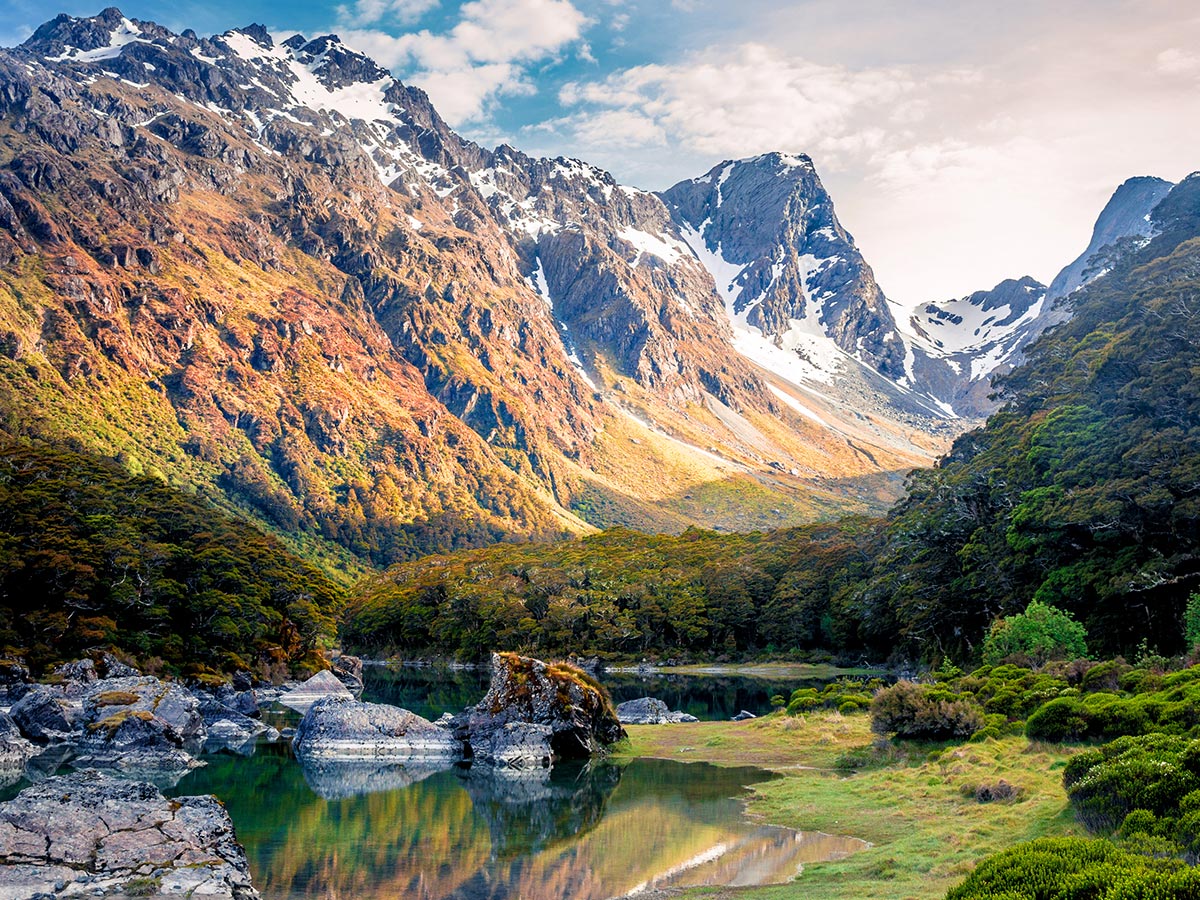
Department of Conservation
DOC is the government agency charged with conserving New Zealand’s natural and historic heritage.
DOC is responsible for managing access for all oil and gas activity that takes place on public land.
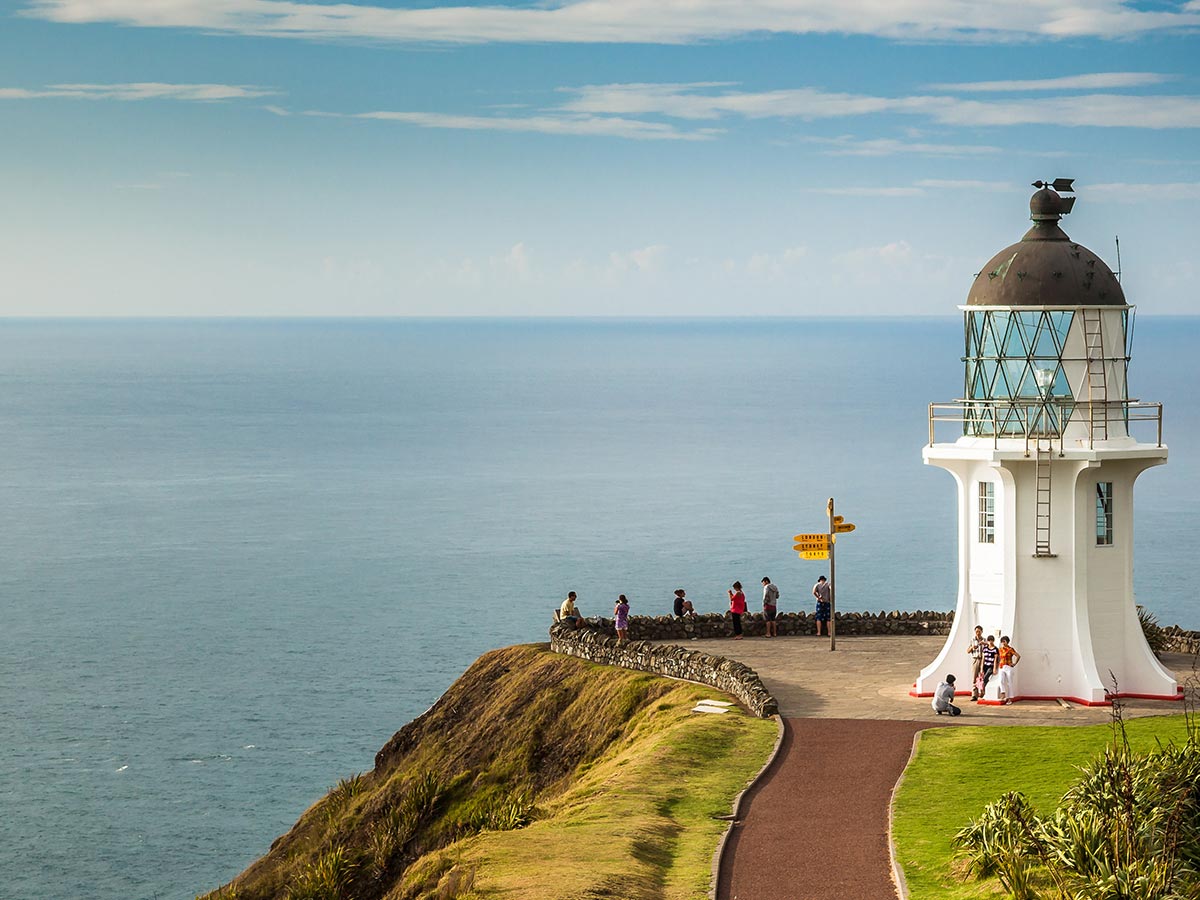
Maritime NZ
Maritime NZ's role is to ensure that all maritime activities are carried out safely, with minimal impact on the environment and on our nation’s security.

Councils
District and Regional Councils are responsible for granting Resource Consents required for all oil and gas activity, as determined by the Resource Management Act.
- Rules and Regulations. New Zealand Petroleum and Minerals. www.nzpam.govt.nz
- The Authoritative Source of Acts, Bills and Legislative Instruments. www.legislation.govt.nz

